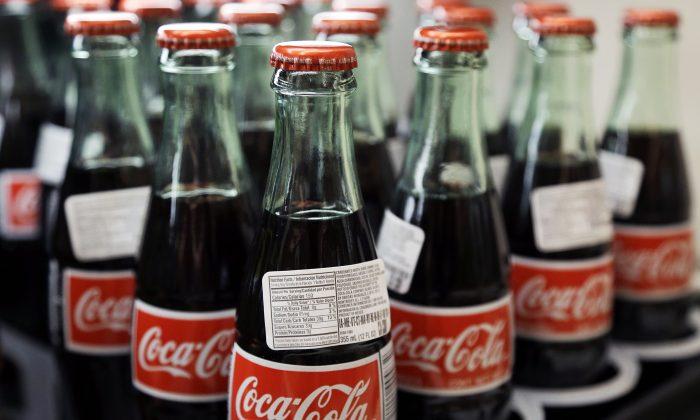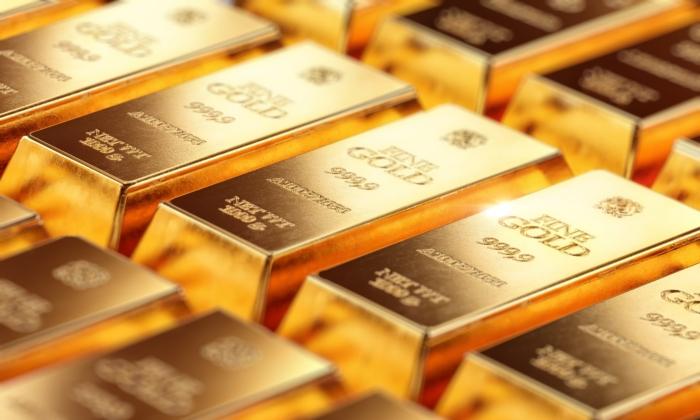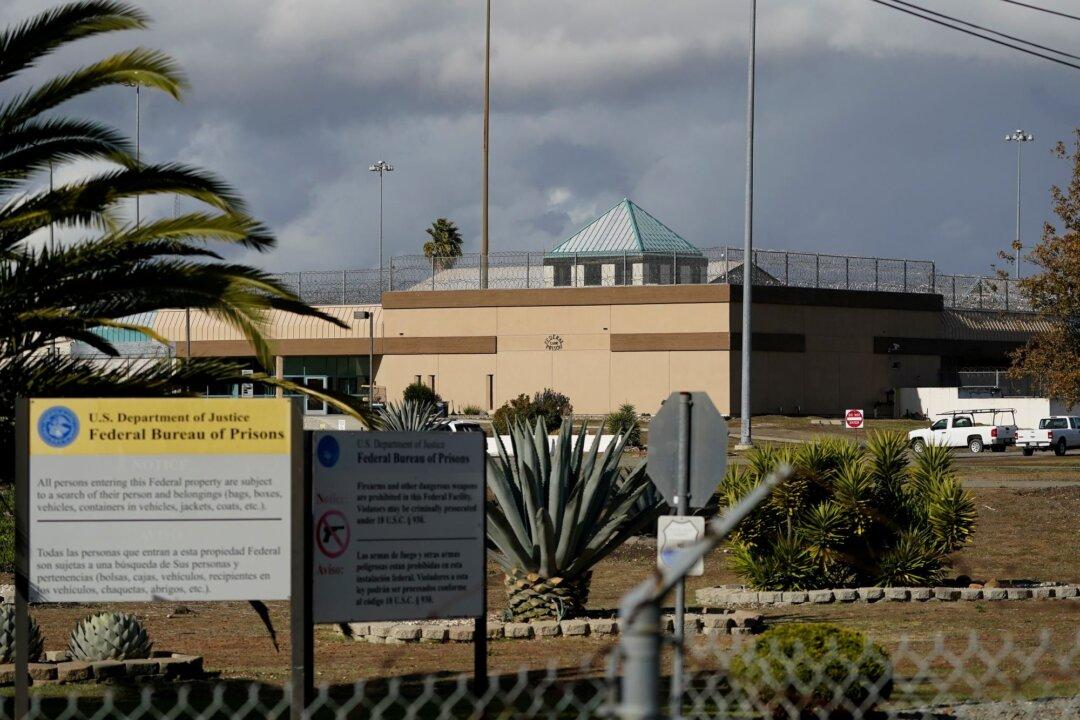NEW YORK—Coca-Cola’s profit fell in the third quarter as the world’s biggest drink maker booked charges related to its push to slash costs and reposition its business. The strong dollar also ate into its results.
The maker of Sprite, Fanta and Dasani water said Wednesday that global sales volume rose 3 percent in the period. That reflected a 6 percent increase in non-carbonated drinks, which Coke refers to as “still” beverages, and a 2 percent increase in sparkling” drinks, which primarily refers to sodas.
In North America, soda volume declined again, as Diet Coke fell 9.5 percent and regular Coke fell 3 percent. For years now, people in the U.S. have been moving away from sugary sodas, which have been blamed for fueling obesity rates and related ills like diabetes. But more recently, diet sodas have been falling at a steeper rate, a trend Coke blames on concerns people have about the safety of artificial sweeteners.
Kathy Waller, Coke’s chief financial officer, said in a phone interview the company is trying to figure out how much of the declines in diet sodas for North America are being driven by the shift to smaller cans and bottles. Coke has been marketing the more petite sizes more aggressively as part of a push to position its drinks as more premium offerings.
The idea is to push up sales, while accommodating people’s desire to drink less soda.
In the meantime, Coke’s drop in soda volume for North America was offset by a 7 percent increase in non-carbonated drinks. Bottled waters and sports drinks each rose 10 percent in the quarter, Waller said.
Soda is still Coke’s biggest business, and accounted for nearly three-quarters of its global sales volume last year. But its growth is coming mostly from non-carbonated drinks.
Earlier this month, PepsiCo CEO Indra Nooyi also noted in a call with investors that growth in the beverage industry is being driven by non-carbonated drinks.
“I think focusing just on (sodas) is actually a thing of the past,” Nooyi said.
For three months ended Oct. 2, Coca-Cola’s profit sank 31 percent to $1.45 billion, or 33 cents per share. Not including one-time items—such as charges related to its cost cutting and refranchising in North America—the company said it earned 51 cents per share. That was a penny more than Wall Street expected, according to Zacks Investment Research.
Total revenue fell 5 percent $11.43 billion, dragged down by unfavorable currency exchange rates. Analysts expected revenue of $11.61 billion. The company said it expects currency pressure to continue, lowering revenue for full year by 7 percent.
Shares of Coke edged up 6 cents to $42.35.






Friends Read Free